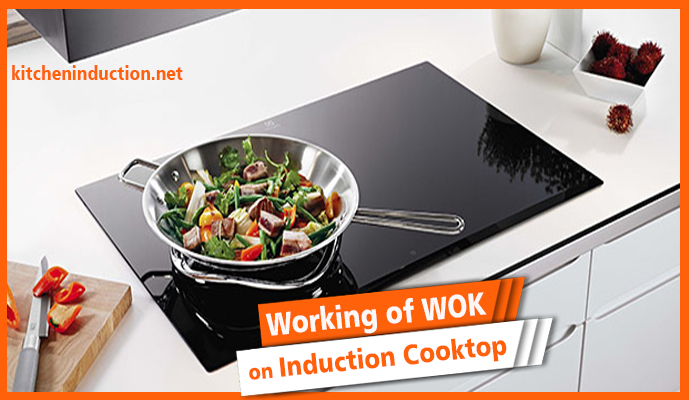What is an Induction Cooktop? How Does it Work
Induction cooktops are more popular in recent years due to their efficiency and convenience. These cooktops use an electromagnetic field to heat the cookware directly and they don’t heat the air around the cookware as traditional gas or electric stoves do. This process is said to be more energy-efficient, but does it really use less electricity compared to other types of cooktops? In this article, we will explore whether an induction cooktop uses more electricity or not.

Contents
What is an Induction Cooktop?
Before we delve into the question of electricity usage, let’s first understand how an induction cooktop works. An electromagnetic field is used by an induction cooktop to heat the cookware directly. For induction cooktop working, the cookware should be made of cast iron or ferromagnetic material. You can get a guide on How to use Induction Cooktop. It will make you easy to use this special electric cooktop.
When the cookware is placed on the induction cooktop, an electric current passes through a coil beneath the surface. This creates a magnetic field which then induces an electrical current in the cookware, generating heat. The heat is then transferred to the food inside the cookware.
One of the advantages of induction cooktops is that they heat up quickly and are very responsive to changes in temperature. They are also very safe because the cooktop itself doesn’t get hot – only the cookware does. This means that there is no risk of burning yourself if you accidentally touch the cooktop surface.
Does an Induction Cooktop Use More Electricity?
Now that we understand how an induction cooktop works, let’s get to the question at hand: does an induction cooktop use more electricity compared to other types of cooktops?

The short answer is NO. Induction cooktops are more energy-efficient compared to traditional gas or electric cooktops.
Here’s why:
To further illustrate the energy efficiency of induction cooktops, let’s take a look at some statistics:
In conclusion, it is clear that induction cooktops use less electricity compared to other types of cooktops. Not only are they more energy-efficient, but they also offer precise temperature control, faster heating times, and are very safe to use.
Tips for Using an Induction Cooktop to Save Energy
If you’re looking to save energy and reduce your electricity bill, using an induction cooktop is a great way to do so. Here are some tips to help you maximize your energy savings:
Comparison of Induction, Electric, and Gas Stove according to Energy Usage
| Type of Stove | Average Energy Usage (per hour) |
|---|---|
| Induction | 0.16 kWh |
| Electric | 0.20 kWh |
| Gas | 0.10 kWh |
As you can see, induction stoves use the least amount of energy per hour compared to electric and gas stoves. Electric stoves use slightly more energy, while gas stoves use the least amount of energy. However, it is important to note that gas stoves can still be inefficient if they are not used properly. For example, if the flame is too high or the pot is too small, gas stoves can waste energy.
Overall, if you’re looking for the most energy-efficient stove option, an induction cooktop is the way to go. Not only does it use less energy, but it also offers faster cooking times, precise temperature control, and improved safety.
Conclusion
In summary, induction cooktops are an energy-efficient and convenient option for cooking. They use less electricity compared to traditional gas or electric cooktops and offer precise temperature control, faster heating times, and safety features. By following the tips outlined in this article, you can maximize your energy savings and reduce your electricity bill even further. So why not give an induction cooktop a try and see how it can benefit you and your home?





